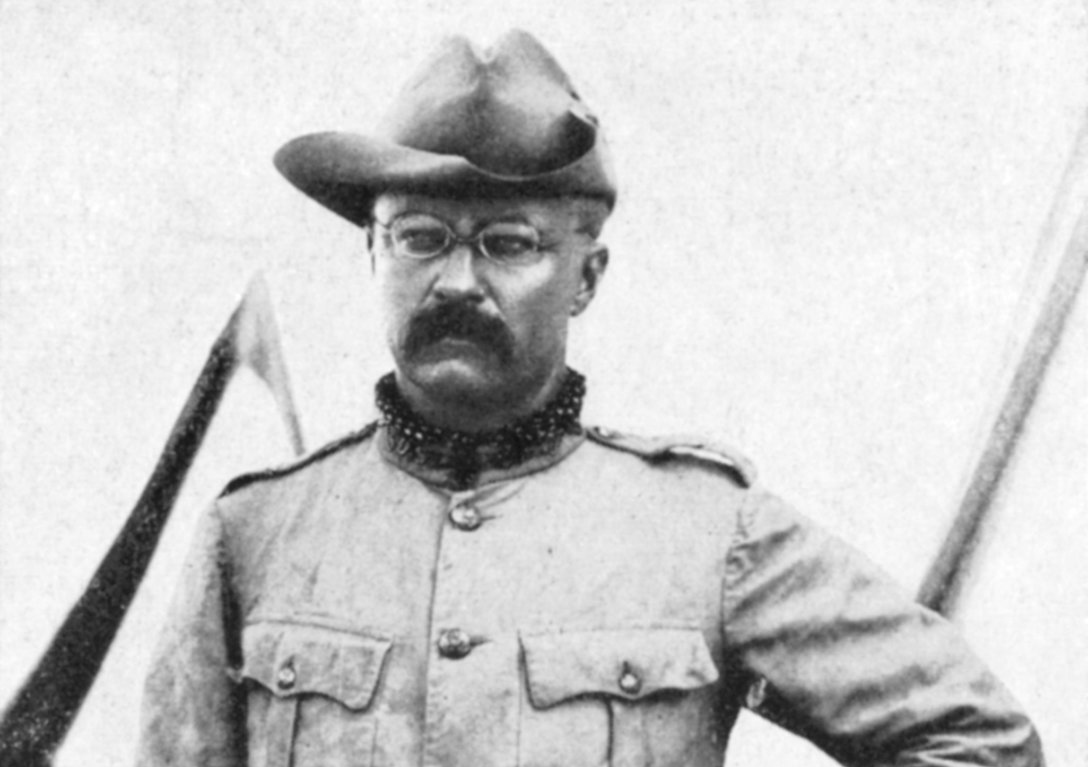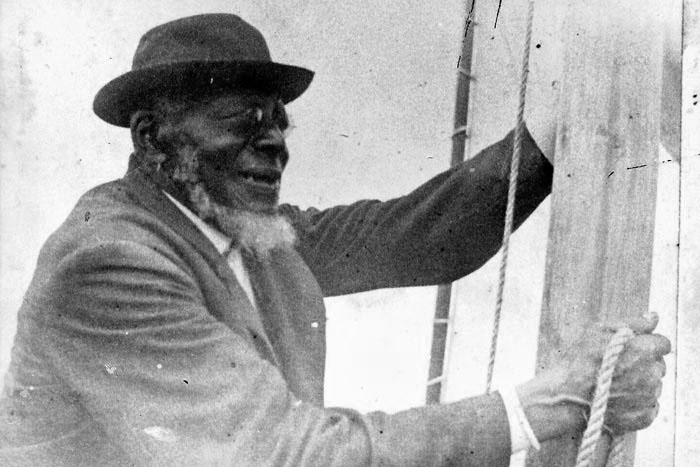Honoring Great East End Residents: Einstein, Steinbeck, Roosevelt, Pollock

The four most important historical figures who lived in the Hamptons for a time were Jackson Pollock, John Steinbeck, Teddy Roosevelt and Albert Einstein. The homes they lived in still stand.
One of them, the home of Jackson Pollock and his wife Lee Krasner in Springs, remains as it looked during the time Pollock lived and made his paintings there, some of which were dripped down onto canvas set up on the ground in his backyard. You can visit the house and his studio. But you have to make an appointment. Strolling through it is a great experience for students, scholars and anyone else interested in art history.

And now another one, the home of John Steinbeck, whose book The Grapes of Wrath won him fame and, eventually, both a Pulitzer Prize and a Nobel Prize, stands near his writing studio on the small waterfront property he owned in Sag Harbor. During his time in that town, he wrote Travels with Charley and The Winter of Our Discontent. And now, his home has been saved and young writers in residence live there. Visitors also are welcome, though also by appointment only.
As for the other two, although the homes still stand, nothing of a similar activity is taking place. Albert Einstein rented a small waterfront cottage for the summers of 1937, 1938 and 1939 on Nassau Point in Southold. He advanced his theories writing mathematical formulas on a chalkboard in the cottage living room and he wrote the famous letter to President Franklin D. Roosevelt in 1939 urging him to create an atomic bomb that could end World War II with a victory rather than suffer a defeat at the hands of an enemy who got it first.
Einstein, who was in his late 50s, spent his leisure time during those summers sailing on Peconic Bay in a little cat boat he called Tinef. And twice a week, he could be found playing violin in a string quartet of local musicians who welcomed him in their homes to play Mozart and Beethoven. The Town of Southold ought to, in my opinion, preserve that cottage, by buying it from its present owners.

As for Teddy Roosevelt, he spent the last half of a summer in the rolling hills of Montauk in 1898 after returning from the Spanish-American War leading his famous charge up San Juan Hill.
The headquarters for Col. Roosevelt’s senior officers at the time was Third House, a sprawling ranch house requisitioned by the U.S. Army for that purpose. Although Roosevelt spent time in meetings at the house and is believed to have spent the night there when his wife and children came to visit, he preferred to sleep in a small tent in Ditch Plains with his men.
It was there he was visited by President William McKinley, who came out to Montauk to see him and consider him as a possible vice presidential candidate for his second term. Later, when McKinley was assassinated, Roosevelt became president.
Certainly, Third House, still in use today, would be the obvious choice for a building honoring Roosevelt. Indeed, when Suffolk County purchased this property 30 years ago, they did just that, naming the park “Theodore Roosevelt County Park.” But then, in 2014, they dropped that name, choosing to rename it “Montauk County Park.” And they made Third House off limits for visitors because they had been unable to keep Third House in proper repair. They don’t have the money. This in my view is a sad state of affairs.
There are several other homes, still in private hands, that in my opinion could be restored to what they were back when they played an important role in history. One is the former home of Pyrrhus Concer, a Black man who was sold into slavery when he was 5 in Southampton who then, in 1832, gained his freedom and went off to the Pacific Ocean as a mate on Sag Harbor whaling ships. Far out in the ocean one day, the whaler he was on came upon some Japanese fishermen in lifeboats who had abandoned their sinking ship.

At the time, no foreign ships had ever been permitted entry to Japan. But in this instance, to return the fishermen, Concer and the ship were allowed to do so. Concer, coming ashore, became one of the first Black Americans to set foot in that restricted country.
Today, a statue of him exists in Japan. Returning to America, Concer, the free man, became a respected resident of Southampton. He also became wealthy, and spent much of it to help pay for the building of a small Presbyterian church in Southampton. In retirement, he ran a sailboat ferry service bringing swimmers and sunbathers across Lake Agawam to the beach for 10 cents a ride. And when he died, the whole town turned out.
Concer’s home, with additions added on to it, stood until it was demolished on a property facing Lake Agawam at Pond Lane. When a local family had put it up for sale in 2015, some city people bought it and begged the town to let them build a residence for their family alongside Concer’s home. Given that permission, they instead tore down Concer’s place and then, rather than build the home they’d asked for, noted that the property was worth far more without Concer’s home on it, and so re-sold it to the village for a huge amount more than they paid for it.
Many thought it was the old bait and switch. But whatever it was, the town, to save Concer’s homesite, had to pay so much these folks walked away with $1 million more than they had before.
Later, to add insult to injury, the village which had saved some posts and beams from the Concer home, hired a builder to rebuild the house. And this builder turned out to be both not licensed and essentially incompetent. So everything stopped. The project remains unbuilt. Frankly, I think it now even more important that this project proceed. Greed, incompetence and lies should not be allowed to win the day.
Visiting these homes and properties is a great experience for students, scholars and anyone else interested in local history.




